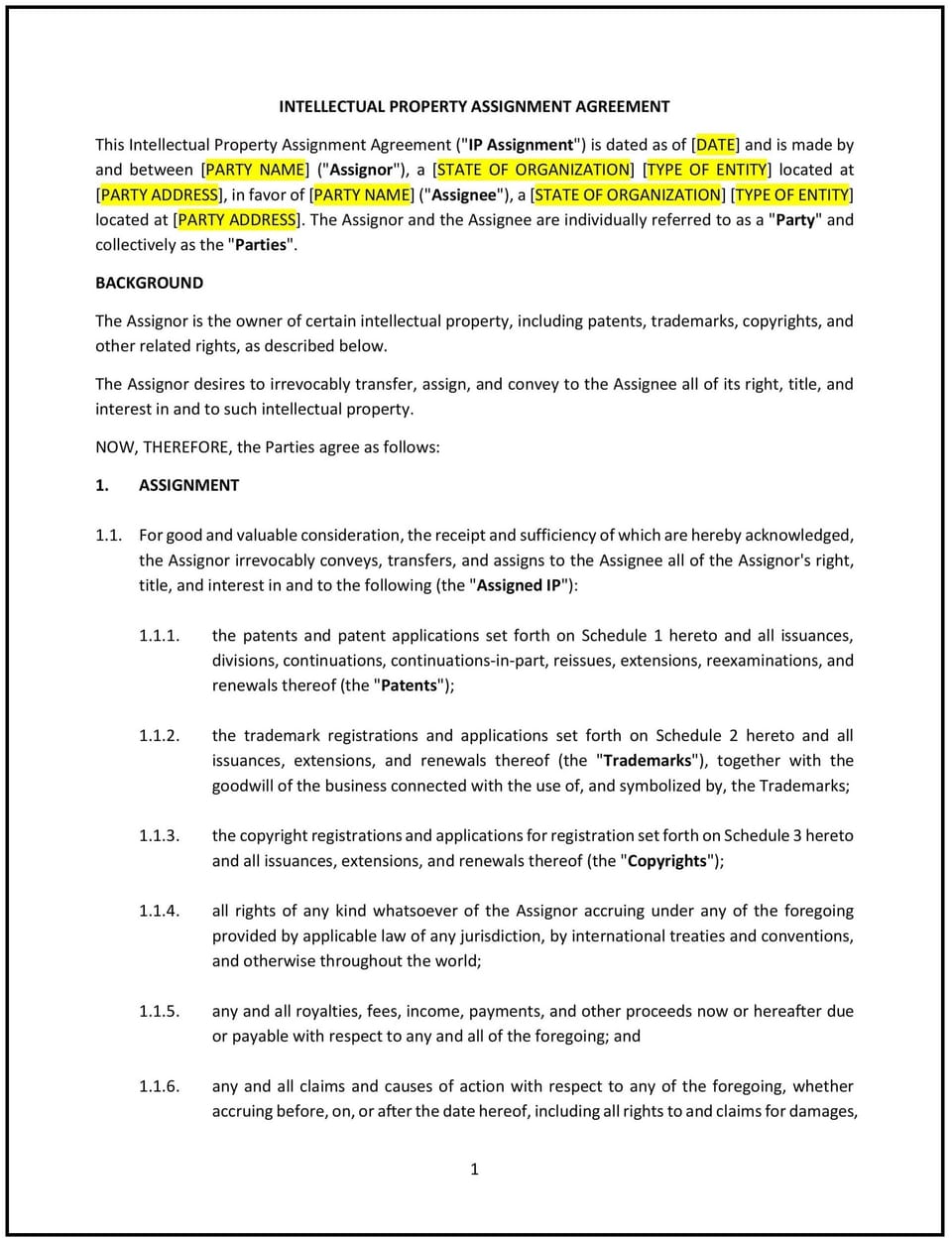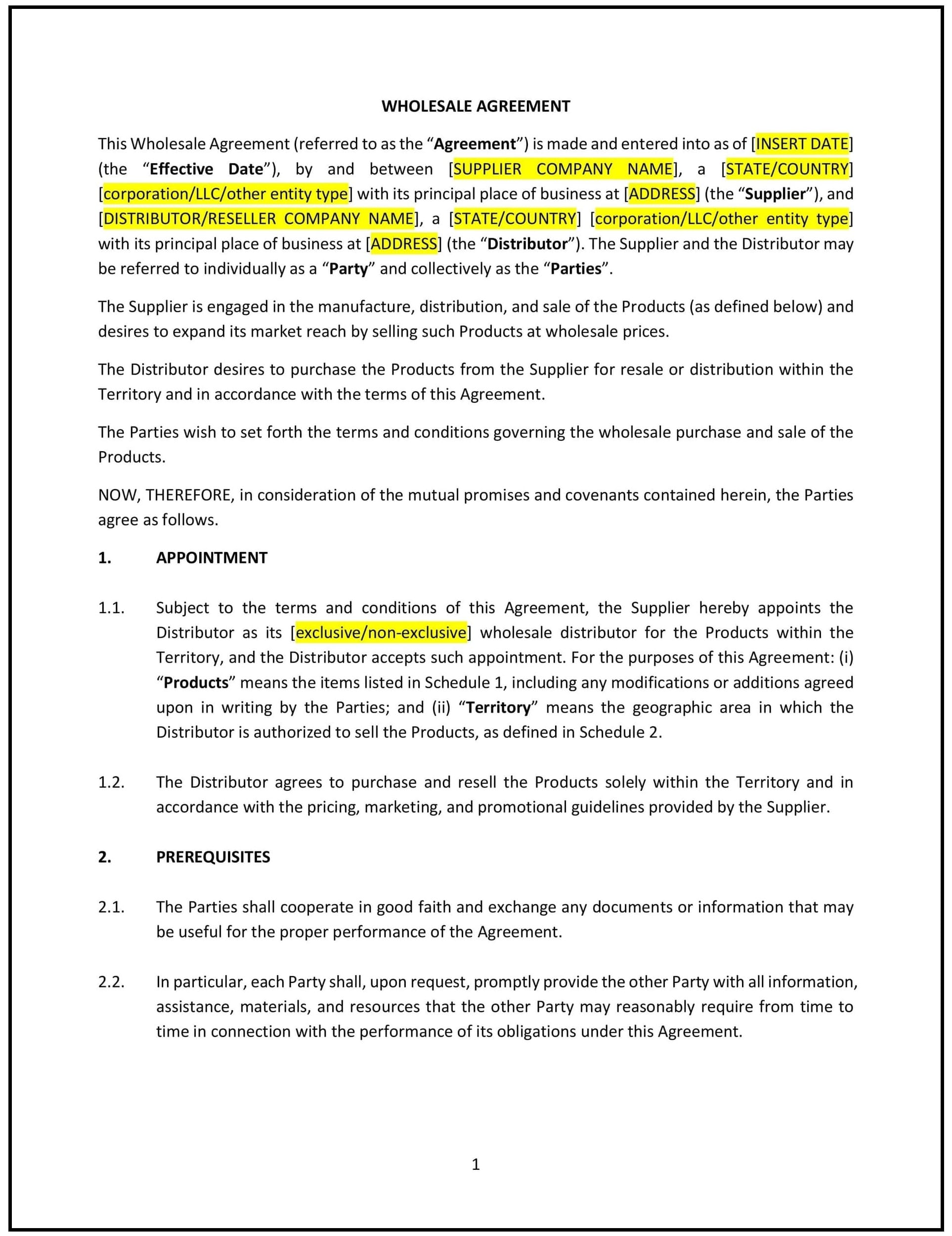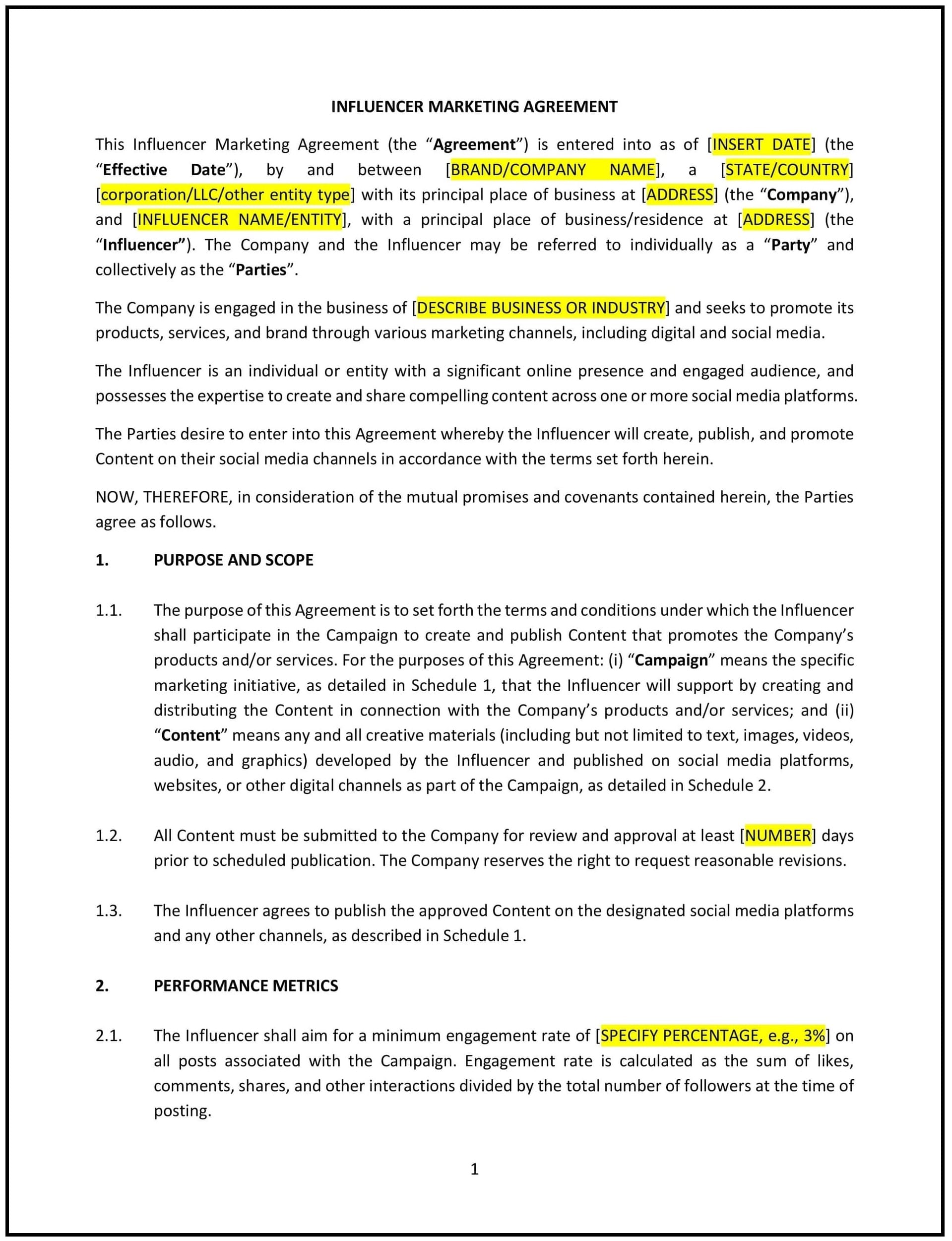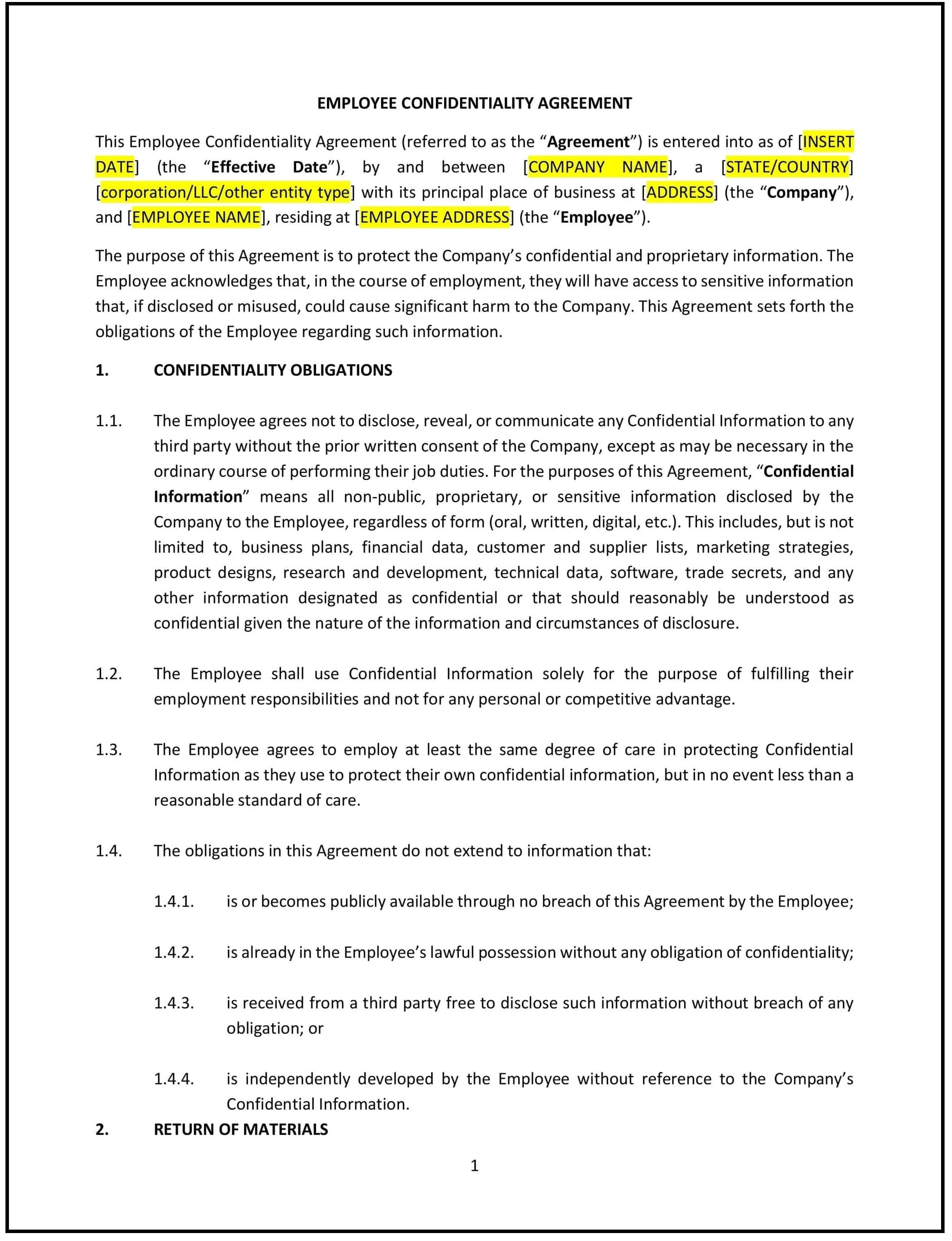Intellectual Property Assignment Agreement (South Dakota): Free template

Intellectual Property Assignment Agreement (South Dakota)
An Intellectual Property Assignment Agreement is a legal document that transfers ownership of intellectual property (IP) rights from one party (the Assignor) to another (the Assignee). In South Dakota, these agreements are governed by state contract laws and must align with federal intellectual property statutes. It is crucial for businesses and individuals to clearly outline the scope of the assignment, ensure proper consideration, and meet South Dakota’s legal standards.
For example, a Sioux Falls-based software company might assign its proprietary algorithms to a Rapid City-based tech firm as part of a partnership agreement. A well-drafted Intellectual Property Assignment Agreement clarifies ownership transfer, timelines, and adherence to South Dakota’s requirements.
Tips for drafting and maintaining an Intellectual Property Assignment Agreement in South Dakota
- Identify the parties involved: Clearly specify the names, addresses, and roles of the Assignor (current owner) and Assignee (new owner) of the intellectual property.
- Example: “The Assignor, [Name/Company], located at [Address], hereby assigns all rights, title, and interest in the intellectual property to the Assignee, [Name/Company], located at [Address].”
- Define the intellectual property being assigned: Provide a detailed description of the IP being transferred, including patents, trademarks, copyrights, trade secrets, or any other relevant assets.
- Example: “The intellectual property includes U.S. Copyright Registration No. TX9876543, titled ‘Software Application Suite,’ along with all associated source code and documentation.”
- Specify the consideration: Outline the payment or other compensation provided in exchange for the assignment of IP rights.
- Example: “In consideration for the assignment, the Assignee agrees to pay the Assignor $100,000 within 30 days of the execution of this agreement.”
- Include warranties and representations: The Assignor should warrant that they own the IP, have the right to assign it, and that it is free from encumbrances or claims by third parties.
- Example: “The Assignor represents and warrants that they are the sole owner of the intellectual property and that it is not subject to any liens, claims, or disputes.”
- Clarify future use restrictions: Specify whether the Assignor retains any rights to use the IP after the transfer or if the assignment is exclusive.
- Example: “Upon execution of this agreement, the Assignor shall have no further rights to use, modify, or distribute the intellectual property.”
- Set confidentiality obligations: Protect sensitive information shared during the assignment process with a confidentiality clause that aligns with South Dakota’s trade secret laws.
- Example: “Both parties agree to maintain the confidentiality of all proprietary information disclosed during the term of this agreement and for five years thereafter.”
- Outline governing law and jurisdiction: Ensure the agreement specifies that it is governed by South Dakota law and identifies the appropriate courts for dispute resolution.
- Example: “This agreement is governed by the laws of the State of South Dakota. Any disputes arising under this agreement shall be resolved in the courts of [County], South Dakota.”
- Include signatures and notarization: Both parties must sign the agreement, and notarization may be required for certain types of intellectual property, such as patents.
- Example: “IN WITNESS WHEREOF, the parties have executed this Intellectual Property Assignment Agreement as of the date first written above.”
Frequently asked questions (FAQs)
Q: What happens if the Assignor doesn’t actually own the intellectual property they’re assigning in South Dakota?
A: If the Assignor doesn’t own the intellectual property, the agreement could be invalid, and the Assignee might face legal issues. That’s why warranties stating ownership are critical in the agreement.
Q: Can an Intellectual Property Assignment Agreement cover future creations in South Dakota?
A: Yes, but only if the agreement explicitly states that future creations are included. Without clear language, future works may not be covered.
Q: What should I do if the other party violates the agreement in South Dakota?
A: You can seek solutions like monetary compensation (money for losses), a court order to stop harmful actions (injunction), or a requirement for the other party to fulfill their obligations (specific performance).
Q: Does South Dakota require notarization for Intellectual Property Assignment Agreements?
A: Notarization isn’t always required, but it’s recommended for certain types of intellectual property, like patents, to strengthen the agreement’s enforceability.
Q: How long does an Intellectual Property Assignment Agreement last in South Dakota?
A: The agreement lasts indefinitely unless it includes a specific end date or revocation clause. Once signed, ownership of the intellectual property is permanently transferred unless otherwise stated.
This article contains general legal information and does not contain legal advice. Cobrief is not a law firm or a substitute for an attorney or law firm. The law is complex and changes often. For legal advice, please ask a lawyer.


